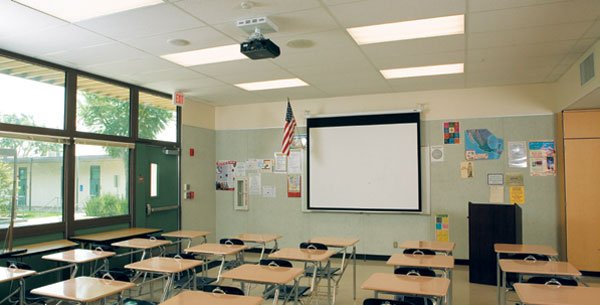Education is changing fast. Traditional classrooms are no longer enough to meet the needs of modern learners. Enter Classroom 60x—a concept that reimagines the physical and digital learning environment to be more adaptable, technology-driven, and student-centered.
Rather than being limited by walls, desks, and chalkboards, Classroom 60x is about multiplying learning opportunities by 60 times—or more—through smart design, advanced tools, and innovative teaching approaches.
What is Classroom 60x?
Classroom 60x is not just a room. It’s a learning ecosystem. It blends technology, flexible layouts, and interactive teaching methods to make learning more engaging and effective. Think of it as a hybrid between a modern coworking space, a digital lab, and a traditional classroom—all optimized for collaboration and active learning.
Core Features of Classroom 60x:
- Flexible Furniture & Layouts – Moveable desks, chairs, and partitions allow quick shifts between group projects, lectures, and independent work.
- Smart Technology – Interactive screens, virtual whiteboards, and cloud-based tools make it easy to share ideas instantly.
- Immersive Learning Tools – AR/VR headsets, simulation software, and multimedia resources bring lessons to life.
- Hybrid Connectivity – Built-in video conferencing and recording tools let remote learners join seamlessly.
- Student-Centered Design – Every aspect, from seating arrangements to digital platforms, is built to support engagement, creativity, and collaboration.
Why Does Classroom 60x Matter?
Education today faces two major challenges: short attention spans and the demand for real-world skills. Classroom 60x helps solve both.
- Engagement: Interactive tools keep students active instead of passive.
- Collaboration: Group-oriented design fosters teamwork, a skill employers value.
- Accessibility: Digital platforms allow students to revisit lessons and work at their own pace.
- Future-readiness: Students become comfortable with the same technology they’ll use in higher education and the workplace.
This model is especially relevant in a post-pandemic world where hybrid and blended learning are no longer optional—they’re expected.
Benefits for Teachers
Teachers also win with Classroom 60x. Instead of being tied to a chalkboard, they can move around freely, track student progress in real time, and personalize instruction. AI-driven tools help grade assignments, while digital dashboards give insights into participation and comprehension.
With classroom automation handling the admin load, teachers can spend more time doing what they do best—teaching and mentoring.
Challenges and Considerations
No system is perfect, and Classroom 60x has its hurdles:
- Cost: Advanced technology and furniture redesign require significant investment.
- Training: Teachers must be trained to use new tools effectively.
- Equity: Schools in underfunded areas may struggle to implement this model.
However, as technology becomes more affordable and widely available, these barriers are expected to shrink.
FAQs About Classroom 60x
Q1. What does “60x” stand for?
It symbolizes multiplying the learning potential of a classroom by 60 times through technology, innovation, and design enhancements. It’s not just about space—it’s about scalability and impact.
Q2. Is Classroom 60x only for advanced schools?
No. While high-tech versions may start in well-funded institutions, even small changes—like flexible furniture or cloud-based apps—can bring aspects of Classroom 60x to any school.
Q3. How does Classroom 60x support remote learners?
By integrating hybrid tools such as video conferencing, digital whiteboards, and online collaboration platforms, it ensures remote students have the same access and engagement as those on-site.
Q4. Is it expensive to set up?
Initial costs can be high, but schools can start small—adding interactive screens, portable furniture, or blended learning software—before moving to full transformation.
Q5. How is it different from a smart classroom?
A smart classroom focuses mainly on technology (like projectors or digital boards). Classroom 60x goes beyond tech by redesigning the entire learning environment—physical, digital, and pedagogical.
Q6. Can it improve student results?
Research suggests active learning and collaborative environments increase retention and comprehension. By combining these with technology, Classroom 60x can help boost academic performance.
Final Thoughts
Classroom 60x is more than a trend—it’s a step toward the future of education. By creating adaptable, tech-enabled, student-focused environments, schools can prepare learners for a world where collaboration, creativity, and digital literacy are essential.
While cost and training remain challenges, the long-term payoff is clear: classrooms that don’t just teach students but truly prepare them for the future.


